We may receive a commission when you make a purchase from one of our links to sites such as eBay and others. As an Amazon Associate we earn from qualifying purchases. Thank you for support!
Want to know how to find diamonds in real life? Believe it or not, you really can find diamonds in the ground – and you might not even have to dig too deep to find them!
Whether you’re already at your favorite places to metal detect or you just happen to be at a place where diamonds occur naturally, these can be very exciting finds!
Types of Diamonds You Can Find in The Ground
One of the reasons it seems crazy and impossible to just be walking along and find a diamond is because most people don’t know what to look for. It’s very possible you could walk right over a diamond and not even know it.
There are two main types of diamonds you can find just chilling out there in the dirt.
Naturally Occurring Diamonds in the Ground
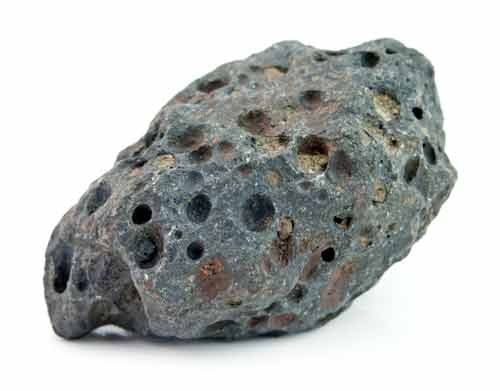
It’s a common misconception that diamonds can only be found very deep in the ground in dangerous mines. While this is often where they are found, they actually can and do exist right on the surface in many parts of the world.
To understand where they might be found just chilling in their natural environment, it helps to understand a bit about how diamonds are formed and what types of places these conditions are met.
Most often you will find them on the surface in areas where kimberlites are present. A kimberlite is rare igneous rock often found near volcanic craters.
One VERY important thing to know about naturally occurring diamonds in the ground is they do NOT look like a diamond at all at first glance. You might think it is just a gemstone or even just a dirty rock.
There’s a reason why they have the phrase “diamond in the rough”! Natural diamonds are very rough looking, because the stones have not been cut or polished yet. There are also different grades of diamonds, so the clarity and quality can greatly vary.
Diamonds in Lost, Broken and Discarded Jewelry
Lost & broken jewelry items are probably your best best for finding diamonds almost anywhere, because it doesn’t rely on diamonds to naturally occur in the environment where you live.
You don’t have to live near a volcano or even travel very far. If you’re in a city, this is probably your best bet to find diamonds in different places.
Millions of people each year lose all sorts of things, myself included. Maybe one of the reasons I am so good at finding things while beach combing most other people miss is because I have a LOT of experience in losing stuff and trying to find it!
All sorts of jewelry can have diamonds, such as earrings, rings, necklaces, bracelets, and even cuff links. These sorts of things can be lost anywhere – a parking lot, the beach, or even someone’s driveway.
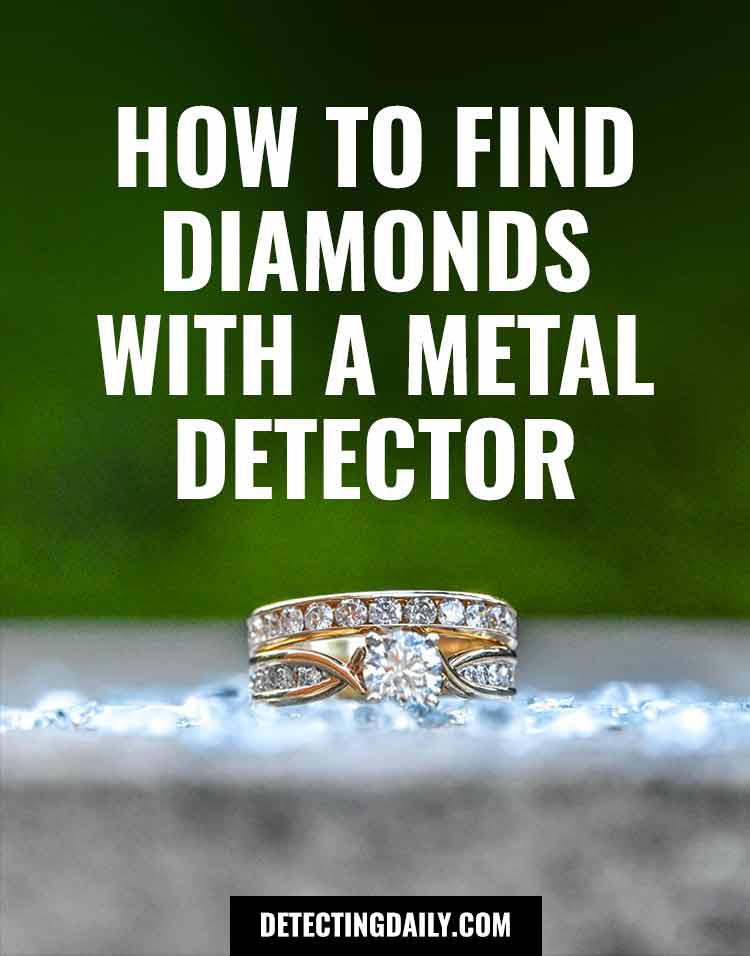
If you read our lesson on how metal detectors work, you know that a metal detector can only detect metal, so it cannot detect diamonds by themselves since diamonds are made of carbon and not metal.
Fortunately, your detector CAN detect metals that are often attached to diamonds, such as gold, silver, platinum, titanium, and countless other alloys.
If you’re an avid metal detectorist, you most likely know how to find gold and how to find jewelry while you are metal detecting.
Diamonds are not metal, but they are often attached to rings, necklaces, bracelets and more.
Theoretically, you could get an entry-level metal detector under $300 and start detecting diamonds right where you live. The metal detector won’t detect diamonds, but it sure will detect any metal attached to diamonds!
Now that we’ve covered the two basic ways you might encounter a diamond in the wild in real life, let’s talk about some different places for hunting for them!
Places to Find Diamonds Naturally
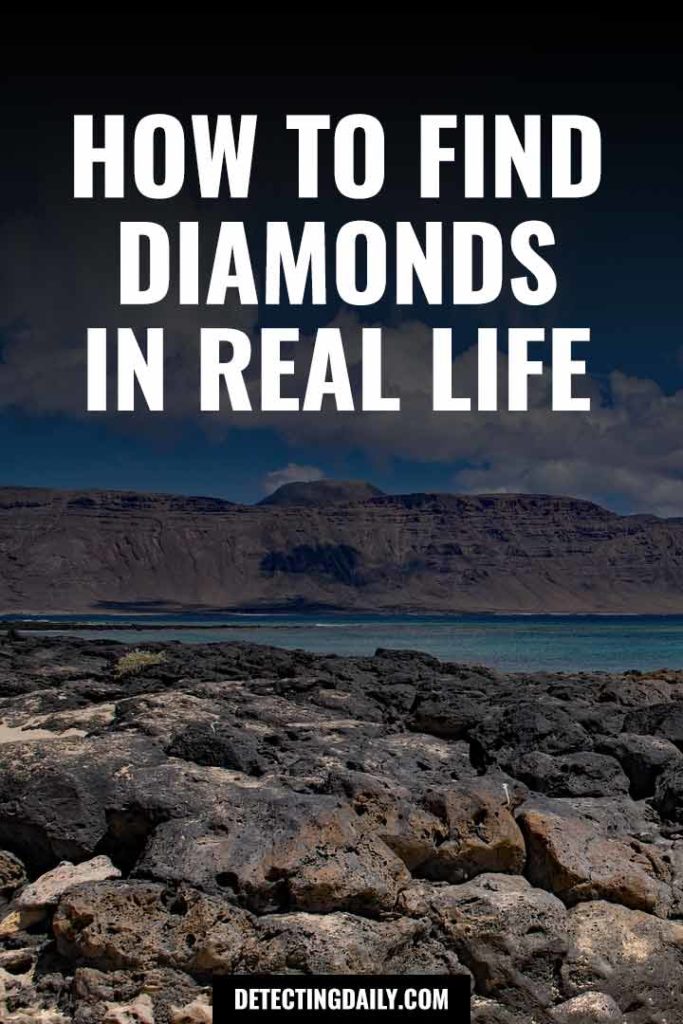
Now that we understand some basics for what conditions are necessary for diamonds, let’s talk about some different places where you just might find a diamond in the rough!
1. State Parks & Public Lands
You can actually find naturally occurring diamonds in all sorts of places in the United States. Arkansas, Colorado, and Wyoming are three states where kimberlites and diamonds are frequently found.
The Crater of Diamonds State Park located in Murfreesboro, Arkansas actually even allows the public to search for them!
Even if traveling to Arkansas isn’t on your summer vacation itinerary {I’d recommend going in fall or spring when the weather is more comfortable anyways} – there are still many other places you might happen to find diamonds.
It can be helpful to spend some time studying the geological maps for areas near you. These maps can give you valuable information on types of rocks and gemstones that might be found in places you visit.
Here’s a list of Volcanoes in the United States to get you started in your research. {And no, they aren’t all on the West Coast!} You can also check with your state’s geological organizations to learn more about the types of rocks that occur naturally around where you live.
2. Finding Diamonds in Rivers, Creeks and Streams
Rocks and minerals are often discovered along channels of water. If you are ever metal detecting along rivers, creeks and streams that are close to volcanic crater areas where there are kimberlites it is quite possible you may find a rock with a diamond.
If you ever frequently go metal detecting in rivers or creeks, it never hurts to also look for interesting rocks. You never know what you might find! You may find coins, jewelry and more!
Typically I only find quartz and calcite as the only naturally occurring minerals in the areas I visit, but once in awhile you may find some interesting things. I’ve spotted a few fossils in different areas along the river many times.
Before you take any naturally occurring rocks or minerals from a creek or river, be sure you are aware of any local or federal laws that may prevent you from doing so. Some areas are protected and off-limits, others may require special mining permits.
Fortunately, even if you can’t take or keep any interesting finds, you can always take a photo! I love taking pictures of interesting rocks and gemstones I find along riverbeds and creeks.
3. Public Places Where People Lose Things
Okay, so maybe these aren’t exactly naturally occurring diamonds, but you can definitely find a lot of broken and discarded jewelry in places where people lose things!
For the record, diamonds aren’t metal – and a metal detector will never detect a diamond! But, a lot of diamonds that people wear as jewelry are attached to metal – and you know darn well that metal detectors WILL detect gold, silver, and other precious metals!
I love to use my metal detector for finding all sorts of things, but a lot of times I don’t even need a detector to find diamonds. You can sometimes find stuff just by cleaning up other people’s trash.
Whenever I visit nearby parks that do not allow metal detecting, I always take some time to clean up the litter people leave all over the place. I find a lot of bottle caps and pop can tabs…but sometimes I find other interesting things – even if I don’t have my metal detector with me.
I think we can all agree litter is bad for the environment, and so I always feel like I’m doing my part as a good citizen to pick up trash anytime I encounter it and dispose of it properly. Sometimes the “trash” ends up being lost and broken jewelry.
Obviously, if you find something of value, you should make every good faith attempt to return it to its owner. Today it’s easier than ever to try to reunite people with lost items, especially with social media.
If you’re ever unsure about the legalities of what to do when you find something, check your state’s laws and research the rules about abandoned property. You can also always turn found items over to the police or local municipal office if you’re unsure about something and you can’t find the original owner.
4. The Trash
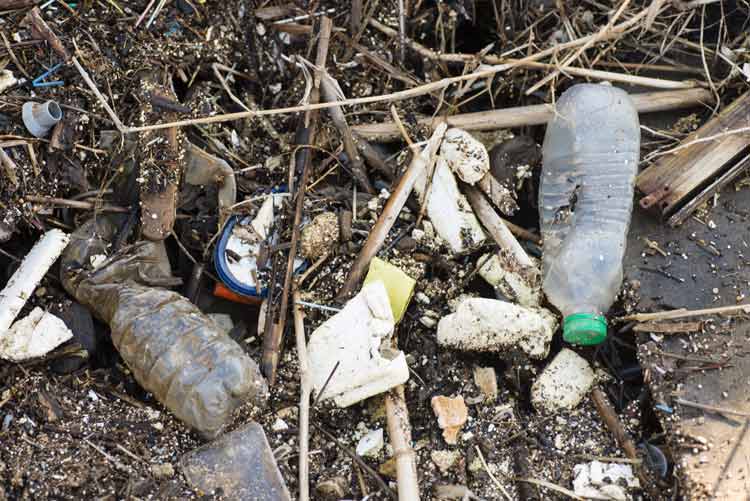
Who throws away diamond jewelry? You’d be surprised! Very wealthy people don’t always care if they throw away “cheap diamond jewelry” that can be replaced. It’s easier to throw something away than be bothered selling it or giving it to someone.
I know this sounds hard to believe, but my husband ran a successful junk removal company for nearly a decade. We have found so many things over the years, from gold to jewelry to cash and more.
Naturally, for anything of value we would call the person to return it to them or to at least confirm they didn’t want it. In 10 years we only had one person who wanted the item back, and they offered us a cash reward for it that was worth a lot more than it’s market value, so generally speaking it’s better to return things to people if you do find them.
At the same time, you’d be amazed how many people would say, “It was in the trash for a reason” or “Oh, just keep it, I don’t want that junk!”
Of course, I don’t expect you to start a junk removal business like my husband did, nor do I support the act of dumpster diving illegally. {Legal dumpster diving is a whole other topic for another day!}
Still, if you happen to find yourself in a situation where maybe you’re helping someone clean out their house – it never hurts to check the trash for diamonds, gold, jewelry & more. Don’t forget that people have a tendency to hide their valuables in strange places!
Diamonds are everywhere in the world, and so if you’re looking for one, I hope this guide to finding diamonds in nature and real-life scenarios is helpful for you! You never know what you might find when you’re out treasure hunting!
Have you ever found a diamond? Have you visited sites of ancient volcanos? Have any tips you want to share for diamond hunting? I’d love to hear your thoughts and experiences in the comments section below!
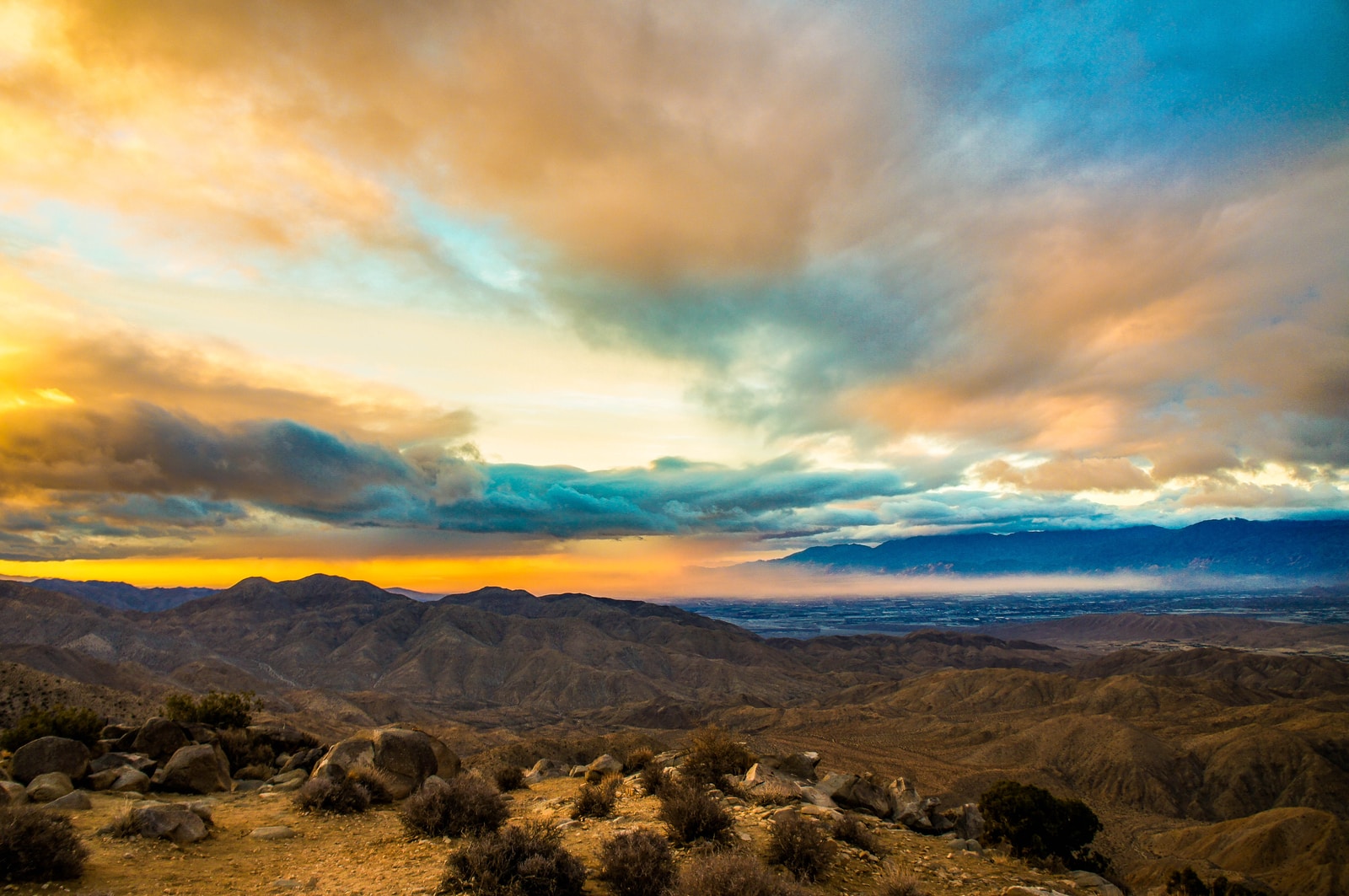
I have a rock i can’t identify. Were can I send pic
Thank you so much for this education. I find one big diamond on the river.
I have a question , how to determine if it is a diamond or a CZ , i know about the electronic light thing , funny thing is i have taken a few things to have checked out recently and not one person used that tool , except the one that took it to a bench to check , i believe that is not acceptable practice , and i could not really see , i did though have the cz s , or Diamonds glued to a small piece of wood with holes , so it could not be switched .
Something else , Diamonds ae sometimes easier to see in certain light .
williamfdraper at skiff dot com
Hi William! The light test is a good one to try at home, as the cubic zirconias tend to have more of a blue/orange reflection in contrast to the full spectrum of colors. Any experienced and reputable jeweler should hopefully know the difference immediately! I would probably lean towards cubic zirconia based on what you said about it being inset into wood – because of their value, real diamonds are usually much more common in fine jewelry and usually inset in gold or other precious metals. Do let us know if you find out anything about it!